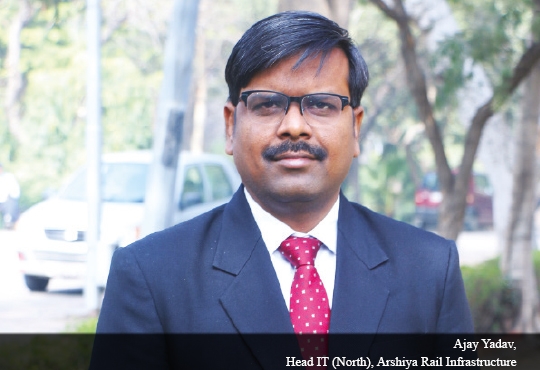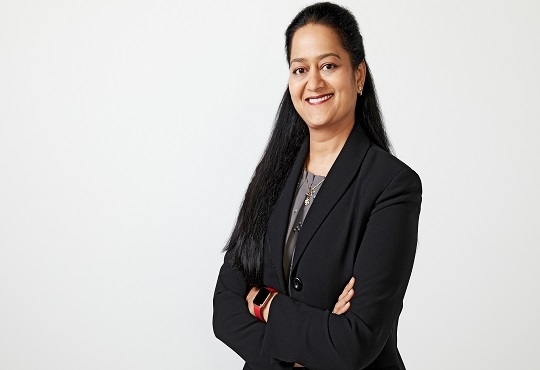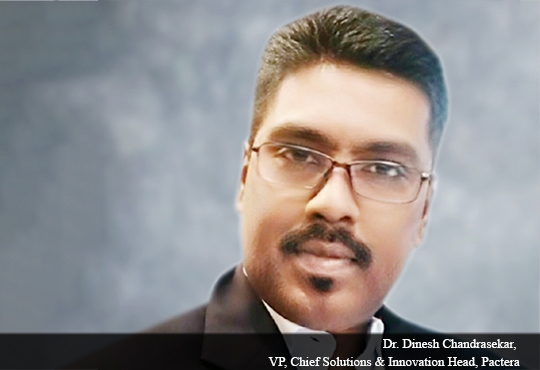
Taming the Ever-Increasing Volumes of Data
Balaji Rao, Managing Director-India, Veritas | Friday, 01 September 2017, 09:04 IST
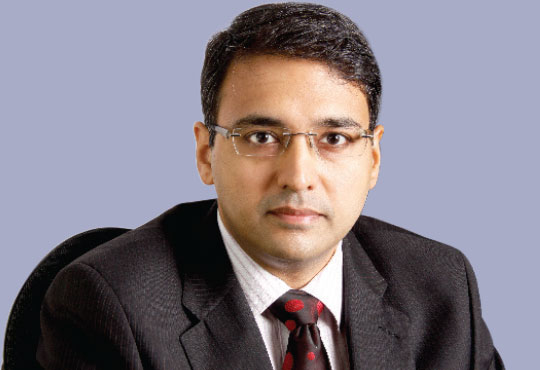
In today’s digital age, enterprises are increasingly using cloud to drive down costs and remain competitive. By 2020, data is projected to grow ten-fold to 44 zettabytes and enterprises are grappling with the twin challenges of managing storage costs and shrinking IT budgets. According to the Global Databerg Research, 52 percent of all information currently stored and processes by organizations around the world is considered ‘dark’ data, whose value is unknown. If left untamed, this massive data will unnecessarily cost organizations globally a cumulative USD 3.3 trillion to manage by the year 2020.
According to a recent Veritas’ State of Hybrid Cloud survey, 74 percent of organizations are leveraging two or more cloud infrastructure vendors to support their workload requirements and 23 percent are using four or more vendors. This is in part exacerbated by the data deluge, the need to comply with evolving regulations, as well as cost and security considerations. Organizations are looking at hybrid cloud to take advantage of the cost advantages and increased IT agility, while mitigating the risks of security, confidentiality, and loss of control.
Before moving all applications, systems, data and processes to any cloud environments, organizations need to first determine their business needs. Each model of cloud deployment comes with its advantages and disadvantages. Some of the key factors influencing the adoption of cloud models include:
• Security: Data security is definitely of utmost importance to every organization. For organizations that possesses sensitive financial, medical, legal and regulatory records, a private cloud will offer better security with encrypted data protected within firewalls
• Scalability: Enterprises with their own private cloud infrastructure will incur additional hardware costs and take a longer time to achieve similar expansions, as compared to a scalable public cloud. The ‘pay-as-you-go’ scalability of virtual server hosting is gaining popularity with a lot of SMBs as it allows them to scale according to their current business and operational needs
• Cost: Companies considering virtual servers must not only consider upfront investment, but also long-term expenditures, including operational costs, maintenance, and application expenses. With the public cloud, the service provider is responsible for the management and maintenance of the infrastructure, thus eliminating the need for companies to manage these costs.
• Compatibility: Enterprises should consider leveraging multi-cloud deployment, in view of the need to consolidate their cloud and on-premises based business functions and IT strategies. It is also important to look at investing technology that will integrate with hyperscale players, as it potentially provide benefits such as reduced downtime and increasing the potential for new innovations.
The sheer volume of enterprise data today continues to increase at a pace that makes it difficult for companies to effectively control the cost and risk of protecting that data, irrespective of its location. Recent findings from a Kantar IMRB study indicate that 86 percent of organizations see their IT budget increasing over the next three years and 80 percent of businesses are willing to invest money, time and skill on cloud services. Although organizations are progressively looking for a modern business environment, they are concerned about having a proper security environment in place owing to the open nature of the internet and increasing cyber threats.
Choosing the right cloud service is highly dependent on the level of confidentiality required for the business. With a private cloud, all information is safely stored within firewalls. There is absolute clarity on the location and ownership of data. On the other hand, adopting a public cloud computing solution means being dependent on a third party to response to any security needs.
An increasing number of organizations are moving to the cloud today for obvious benefits such as cost savings. Given the rapid changes in the diverse technology landscape, CIOs must constantly re-evaluate the unique mix of on-premises, private cloud and public cloud infrastructure to meet their business needs and objectives. Moving forward, organizations should focus on data and insights, and achieving transformation through harness the power of information for value. In this digital era, organizations need to understand the relevance of data, policy decisions and the environment the data is to be stored on. Besides the CIOs, other key decision makers such as the CFO who looks at risks related data loss/leaks or the CMO who looks at the communications of information are also critical in ensuring a smooth migration to cloud, as the organizations seek to reduce costs and risks, while reaping greater efficiency.
In 2017, we foresee key trends such as continued acceleration towards the public cloud, accelerated adoption of software as a service and rise of emerging technologies such as software-defined storage. This implies that organizations will be increasingly on the lookout for tools that enable them to make sense of their data and extract value from it as a competitive advantage. Hence, it is no longer just sufficient to have CIOs to manage all the data. Organizations needs to appoint the right person to look into matters related to data storage and at the same time comply with the regulations. With the massive growth of data and fast-changing technologies, companies at some time in point very soon, have no choice but to appoint CDOs in place.needs to appoint the right person to look into matters related to data storage and at the same time comply with the regulations. With the massive growth of data and fast-changing technologies, companies at some time in point very soon, have no choice but to appoint CDOs in place.
CIO Viewpoint
Paving the Way for Technology First Retail
By Abhrasnata Das
Predictive Analytics In Supply Chain Management
By Ajay Yadav, Head It (North), Arshiya Rail Infrastructure
Never Let The Good Crises Go Into Waste,...
By Ashok Jade, CIO, Shalimar Paints
CXO Insights
Maneuvering the Digital Transformation in Retail
By Janifha Evangeline
Smart Retail Converting Shop Visitors To Customers
By Dr. Dinesh Chandrasekar, VP, Chief Solutions & Innovation Head, Pactera
Importance Of Differentiated Customer Experience



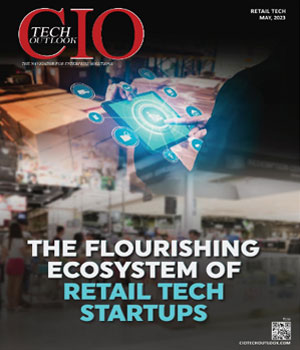
.jpg)

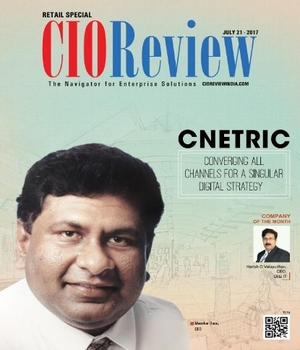
.jpg)
.jpg)
